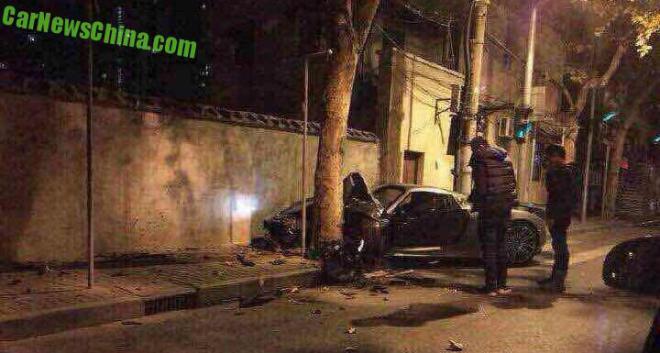Atlanta traffic is known for being among the heaviest in the United States, particularly during peak hours. Here are a few characteristics of traffic in Atlanta:
- Rush Hour Congestion: Like many major cities, Atlanta experiences heavy traffic during rush hours, typically from 7:00-9:00 AM and 4:00-7:00 PM. Traffic can be particularly heavy on interstates such as I-285, I-75, and I-85.
- Interstate 285: Often referred to as the Perimeter, I-285 encircles the city and is a major thoroughfare for both local and through traffic. Congestion on this highway can be intense, particularly where it intersects with other major routes.
- Downtown Atlanta: Traffic in downtown Atlanta can be slow-moving, particularly during events or peak tourist season. Streets can be crowded and parking can be challenging to find.
- Accidents and Incidents: Traffic accidents or road work can cause severe backups, particularly on the major highways. Atlanta traffic can be unpredictable due to such incidents, so it’s always a good idea to check a traffic map or app before departing.
- Public Transportation: The Metropolitan Atlanta Rapid Transit Authority (MARTA) offers an alternative to driving in Atlanta, with buses and trains serving the city and some of the surrounding counties. Despite this, car remains the predominant mode of transport in the city.
- Expansion and Improvements: Atlanta has been working on various traffic reduction and road improvement strategies, such as expanding public transportation options and building more pedestrian-friendly areas.
Recently, our already frustrating Atlanta traffic experienced several prominent trends related to accidents. These trends span a variety of factors, encompassing everything from technological developments and socio-economic changes to the unprecedented global health crisis.
One trend that has increasingly gained attention is the issue of distracted driving. The technological era has seen the ubiquitous presence of smartphones and in-car infotainment systems, both of which pose a significant distraction for drivers. The problem of drivers texting or engaging with digital interfaces while on the move has emerged as a substantial contributor to traffic accidents during this period.
Secondly, the persistent problem of impaired driving continues to plague American roads. Despite ongoing public awareness campaigns and strict enforcement of DUI laws, driving under the influence of alcohol or drugs remained a significant causal factor in fatal traffic accidents between 2015 and 2021.
An increase in travel also became a noteworthy trend during these years. The interplay of low fuel prices and a robust economy enticed more Americans to travel, thereby increasing the total miles driven. This uptick in vehicular travel inherently led to a rise in the number of accidents, due to the increased probability of incidents.
Pedestrian and bicyclist safety came into sharper focus during this period as well. There was a growing recognition of the severe consequences of accidents involving these vulnerable road users. As more people opted for walking or cycling, either for health, environmental, or economic reasons, their safety on the roads became a matter of increasing concern.
The period also saw the world grappling with the COVID-19 pandemic. In 2020, as the pandemic hit, the United States witnessed a considerable reduction in overall vehicular travel. With lockdown measures in place and the shift towards remote work, fewer vehicles were on the roads. However, this situation had an unexpected side-effect; some areas reported an uptick in reckless driving behaviors, such as speeding, possibly spurred by less congested roads.
These trends provide a generalized view of the factors influencing traffic accidents in the Atlanta. For a more localized perspective, check out this amazing Atlanta interactive traffic accident map that tells you exactly what is happening in each neighborhood.


